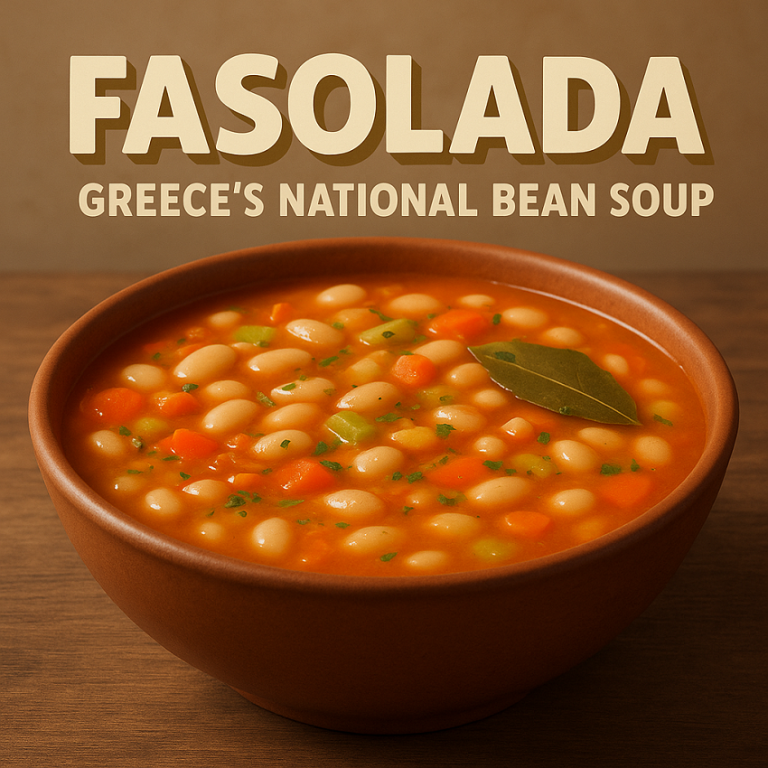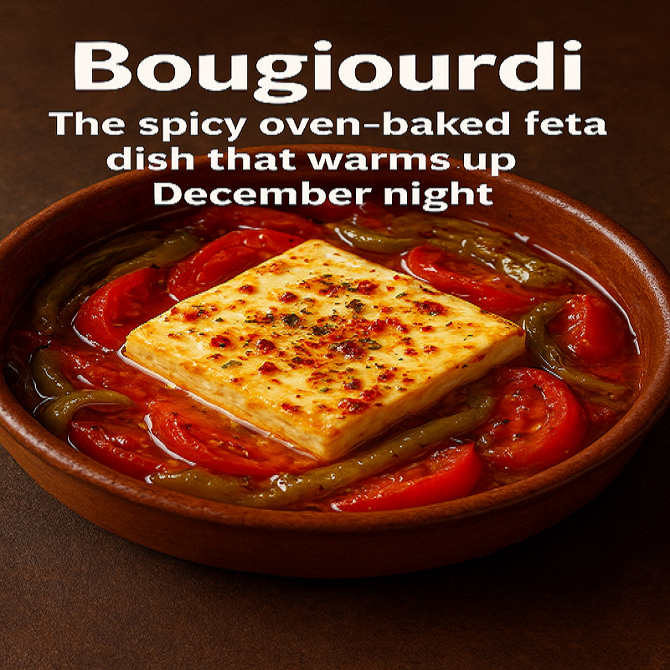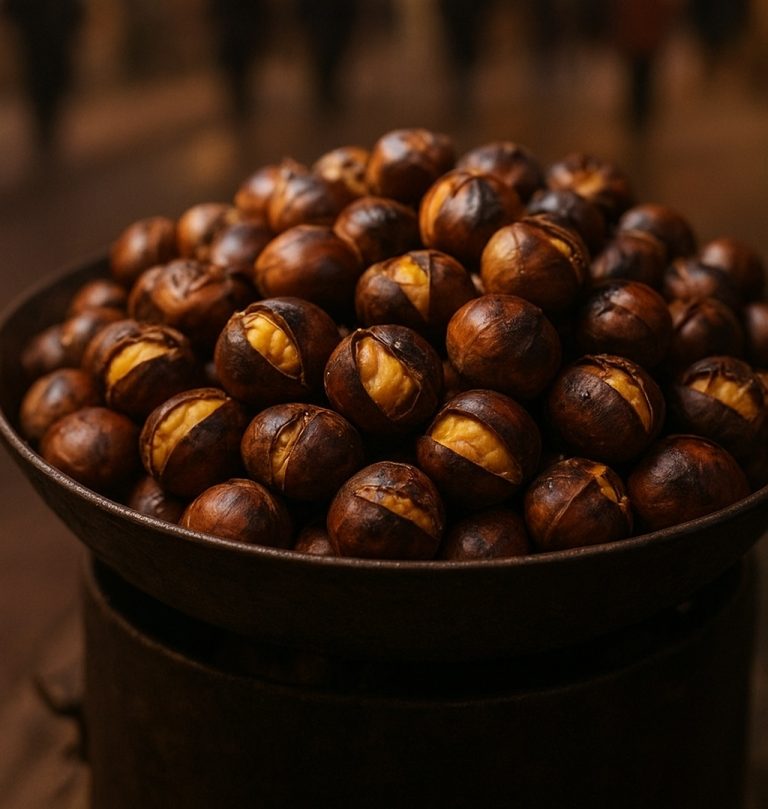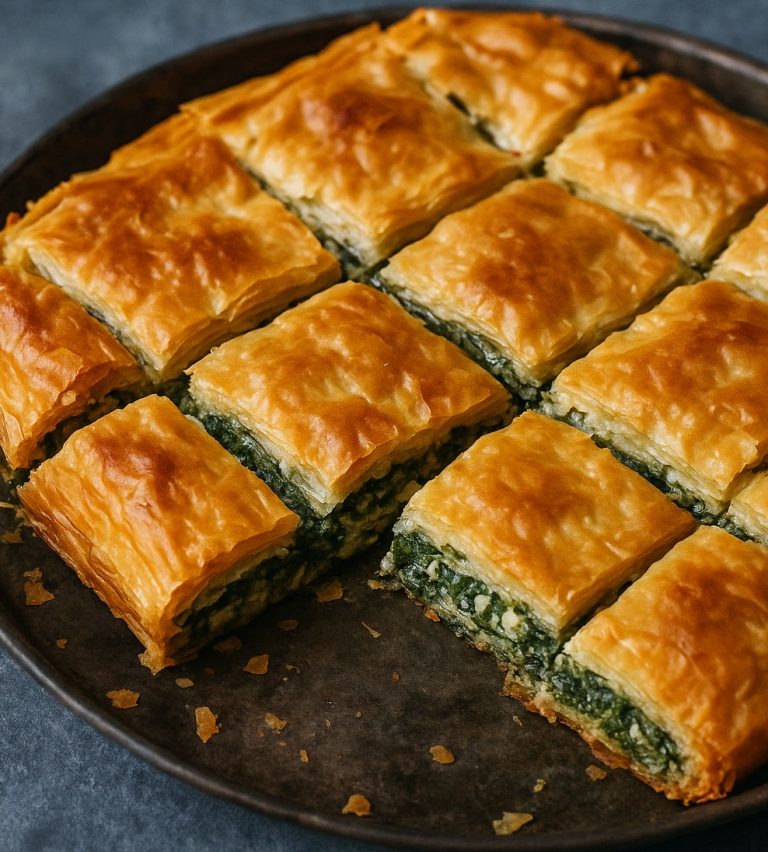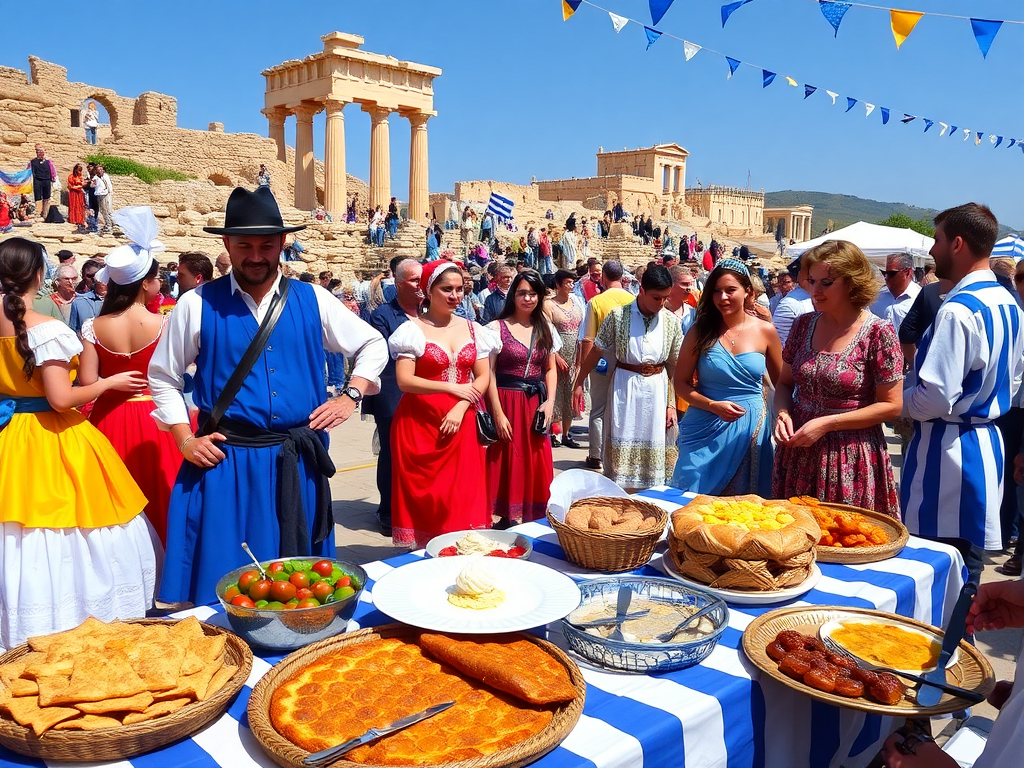
Greece, a land steeped in ancient history, offers a vibrant tapestry of culture and tradition. Its festivals, rich with age-old customs and communal spirit, serve as a window into the heart of Greek life. Alongside the music, dance, and revelry, the culinary delights of these festivals are equally captivating, showcasing the diverse flavors and ingredients of Greek cuisine. Let’s delve deeper into some of the most iconic Greek festivals and the delectable foods that accompany them.
1. Carnival (Apokries)
Description
Carnival, or Apokries, is a three-week celebration leading up to Lent, filled with exuberance and joy. Traditionally, it marks the end of winter and the beginning of spring. Communities come alive with colorful parades, elaborate costumes, and lively music. Each town celebrates in its unique style, often featuring comedic plays and street performances.
Traditional Foods
- Kreatopita: This savory meat pie is a staple during Carnival. Made with minced meat, onions, and a blend of spices, it is encased in flaky pastry. Families often prepare it at home, sharing it during gatherings.
- Loukoum: These sweet, gelatinous treats come in various flavors and are a favorite during the festivities. They symbolize hospitality and are often gifted to friends and family.
- Melekouni: A traditional sweet made from sesame seeds, honey, and nuts, Melekouni is not only delicious but also symbolizes good luck and prosperity.
Cultural Significance
Carnival is a time for Greeks to indulge in merriment and forget their daily worries. It’s a celebration of life, and the foods reflect the joy and community spirit that define this festival.
2. Easter (Pascha)
Description
Easter is the most significant religious festival in Greece, celebrated with profound reverence. The week leading up to Easter Sunday, known as Holy Week, is filled with rituals and preparations. On Saturday night, families gather to attend the midnight service, culminating in the joyous proclamation of Christ’s resurrection.
Traditional Foods
- Tsoureki: This sweet, braided bread is a symbol of the festival. Flavored with spices like mastic and orange zest, it is often shared among family and friends.
- Magiritsa: This rich soup, made from lamb offal, herbs, and greens, is traditionally served after the midnight service. It is a comforting dish that reflects the transition from Lent to the feast.
- Red Eggs: The red-dyed eggs symbolize the blood of Christ and are often used in a traditional egg-cracking game called “tsougrisma,” where participants try to crack each other’s eggs.
Cultural Significance
Easter is not just a religious event; it is a time for family reunions and communal gatherings. The foods prepared and shared during this time reinforce the bonds of family and community, making the celebration even more meaningful.
3. Ohi Day (October 28)
Description
Ohi Day commemorates Greece’s refusal to surrender to Axis powers during World War II. Celebrated with parades and ceremonies, it is a day of national pride. Schools and communities participate in marches displaying Greek flags and honoring war heroes.
Traditional Foods
- Bougatsa: This flaky pastry can be filled with sweet custard or savory meat. It is often enjoyed as a snack during the festivities.
- Fried Fish: Many families prepare fried fish dishes to celebrate the day, reflecting Greece’s rich maritime culture. This dish is often accompanied by a fresh salad and local wines.
Cultural Significance
Ohi Day is a powerful reminder of Greek resilience and spirit. The foods enjoyed during this day often carry historical significance, connecting the present to the past.
4. Feast of the Assumption (August 15)
Description
The Feast of the Assumption, celebrated on August 15, honors the Virgin Mary and is one of the most important religious holidays in Greece. It is marked by church services, processions, and community gatherings, especially in villages.
Traditional Foods
- Stuffed Vegetables (Yemista): Tomatoes, peppers, and zucchini stuffed with a mixture of rice, herbs, and sometimes minced meat are popular dishes during this feast. They symbolize the bounty of the summer harvest.
- Souvlaki: Skewered and grilled meat served with pita and tzatziki, souvlaki is often enjoyed during family picnics and gatherings. It brings everyone together in a festive atmosphere.
Cultural Significance
This festival not only celebrates religious devotion but also the importance of community. The shared meals bring families and friends together, reinforcing social bonds.
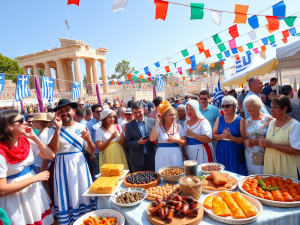
5. Athens Epidaurus Festival
Description
Held during the summer months, the Athens Epidaurus Festival celebrates Greek drama and the arts. It features performances in ancient theaters, attracting both locals and tourists. The festival is a tribute to Greece’s rich artistic heritage.
Traditional Foods
- Feta Cheese and Olives: Served as appetizers, these staples of Greek cuisine are often enjoyed during outdoor performances. They represent the essence of Mediterranean flavors.
- Baklava: This sweet pastry, made of layers of filo filled with nuts and honey, is a popular treat for festival-goers, providing a sweet ending to the cultural experience.
Cultural Significance
The festival highlights Greece’s historical connection to the arts, and the foods served reflect the country’s culinary heritage. Sharing these dishes enhances the communal experience, making the arts accessible and enjoyable for all.
Conclusion
Greek festivals are a celebration of life, culture, and community, each with its unique culinary delights. The foods served during these festivities not only enhance the joyous atmosphere but also connect people to their heritage. From the sweet breads of Easter to the savory pies of Carnival, embracing these iconic dishes offers a delicious glimpse into the heart of Greek traditions. Whether you find yourself in Greece or celebrating at home, indulging in these foods can create a deeper appreciation for the rich tapestry of Greek culture and history.
